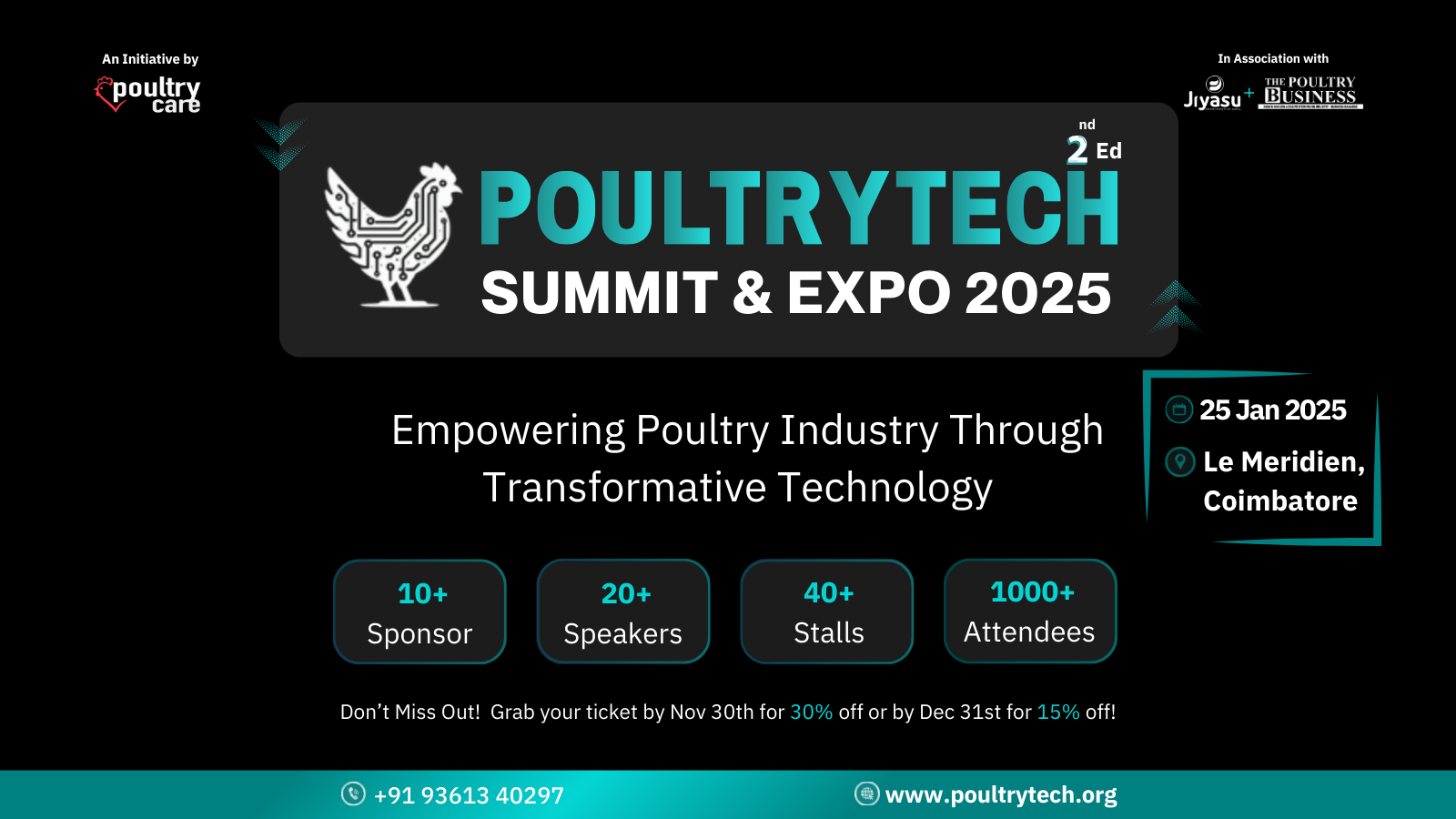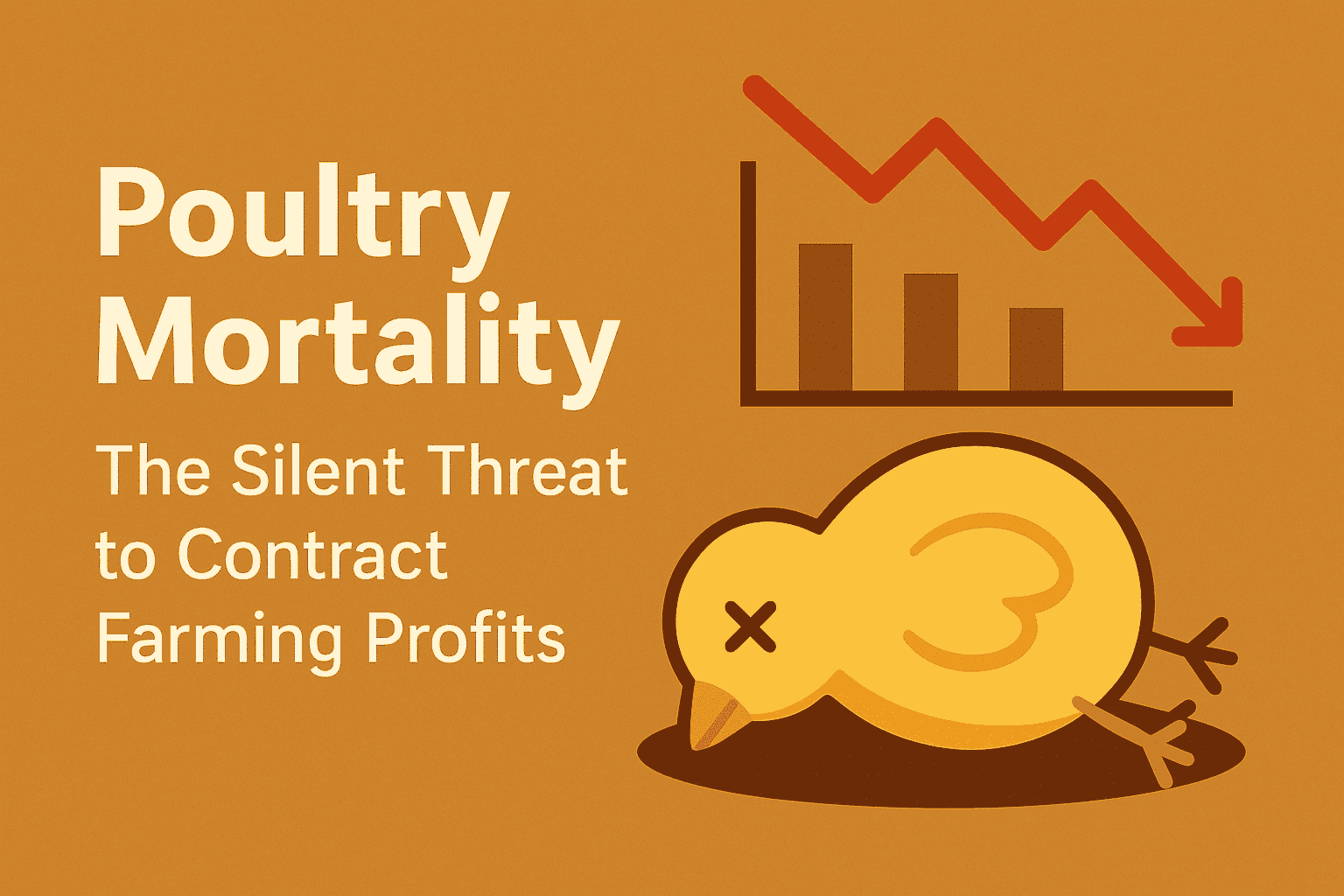In the poultry business, many of us focus heavily on producing quality birds, maintaining healthy flocks, and delivering fresh meat. But often, we overlook something just as important as the production itself, and that is understanding what our customers are actually buying, when they are buying it, and how often. When we fail to track customer-wise sales properly, we end up producing too much, too little, or the wrong type of product. That not only affects profits but also leads to unnecessary waste and missed opportunities.
As someone who has worked closely with both poultry farm operations and technology, I have seen this gap across small farms and large processors. The real opportunity lies not just in growing or processing better meat, but in knowing who buys what, when, and how regularly. That insight helps in forecasting demand and planning supply with confidence.
Why Sales Tracking by Customer Makes a Difference
When you track poultry meat sales in general, you might know how much was sold in a day or a month. But that information is often too broad to guide decisions. You do not know who your key customers are, what quantities they prefer, and what type of meat they buy most. You are simply reacting to demand instead of preparing for it.
Now imagine you know that one hotel always buys boneless meat every weekend, a wholesaler prefers whole birds during the first week of every month, and a small local store buys neck and wings twice a week. If you track these patterns, you can plan your slaughter schedules, packing processes, and delivery routes better. You will waste less, fulfill orders more accurately, and build trust with your customers. That is the power of tracking customer-wise sales.
Turning Sales Data into Forecasting Power
Once you begin keeping regular customer-level records, patterns begin to appear. You will notice which customers are seasonal and which are consistent. Some customers may place big orders during festivals, while others may have steady weekly needs. You will start identifying peak periods, low-demand phases, and the kinds of products in highest demand.
This knowledge is like a map for your business. It allows you to prepare in advance rather than rushing at the last moment. Feed planning becomes more accurate because you know what weight range is most required. Slaughter planning becomes efficient because you know what cuts are in demand. Even labor and packaging decisions become easier to manage when the demand picture is clear.
Over time, you will avoid the problem of overstocking meat that does not move, or understocking during peak demand. This balance between supply and demand is what drives better margins, lower waste, and a happier customer base.
Making the Shift from Guesswork to Informed Planning
One common problem I see is that many farms and processors still run on verbal orders, rough notes, or memory-based patterns. While this may work in a low-volume setup, it becomes risky and costly as volumes grow. Forgetting one customer’s regular order or misjudging a weekly pattern can lead to delivery gaps or loss of trust.
Instead, maintaining a simple record of customer sales can change the game. Whether it is a notebook, spreadsheet, or any system you prefer, what matters is consistency. Note down who bought what, how much, and when. Over just a few weeks, you will begin to see repeating trends that were earlier hidden in day-to-day noise.
Forecasting is not about complex calculations. It is about knowing your customers better. Once you know them, you can serve them better. And better service always brings better loyalty and business growth.
How It Helps in Every Corner of the Poultry Chain
When you understand demand clearly, it impacts every part of your operation. Your feed planning becomes tighter because you know the target weights needed in advance. Your broiler harvesting becomes smarter because you only bring birds to the slaughterhouse that meet customer requirements.
In your feed mill, planning batches becomes more efficient because you can align nutrition and feed types to what customers are demanding in the final product. For example, if demand is high for lean meat or certain weights, your feed formulations can be adjusted accordingly during specific cycles.
Your cold storage usage also improves. When you know what will be sold within a day or two, you do not overload storage. You reduce chances of quality loss and power wastage. Transport can be arranged according to delivery schedules, reducing fuel and vehicle downtime.
Building Long-Term Relationships Through Predictability
Customers who regularly buy poultry meat from your farm or facility also want predictability. If you can assure them that their regular orders will be fulfilled without fail, they are less likely to shop around. Predictable supply builds trust, and trust builds business.
By maintaining customer-wise sales records, you become a reliable partner rather than just another supplier. This is how you grow from occasional orders to long-term contracts. It also opens doors to negotiate better terms, because your consistency becomes your strength.
Farmers who make this small shift in tracking and forecasting often find that they not only sell more but also plan their production better, reduce unnecessary work, and maintain better staff schedules.
Final Thoughts Your Customers Show You the Way
At the end of the day, every successful poultry operation, whether it is a farm, processor, or feed mill, runs on one thing alone customer satisfaction. When you take time to know your customers, track their habits, and predict their needs, you stop playing catch-up and start leading the game.
Start small. Pick your top five customers and record their orders for the next four weeks. Watch for patterns. Then use that pattern to plan your next slaughter or delivery schedule. You will be surprised how accurate your planning becomes with just a little insight.
You do not need to guess anymore. Your customers are already telling you what they need. You just have to listen closely and track it well. That simple habit could be the difference between running harder or running smarter in your poultry business.




